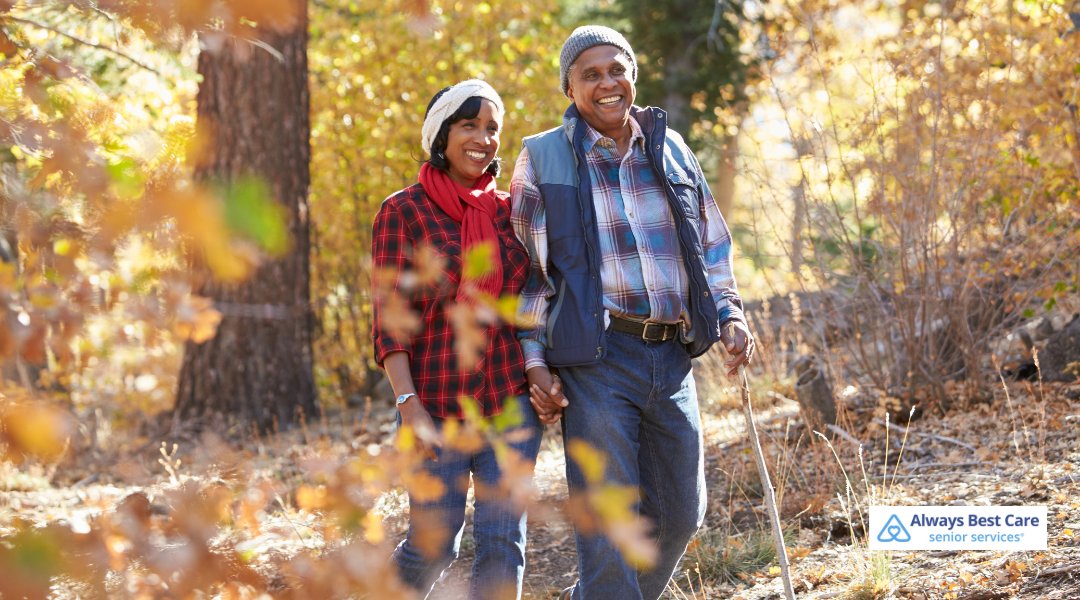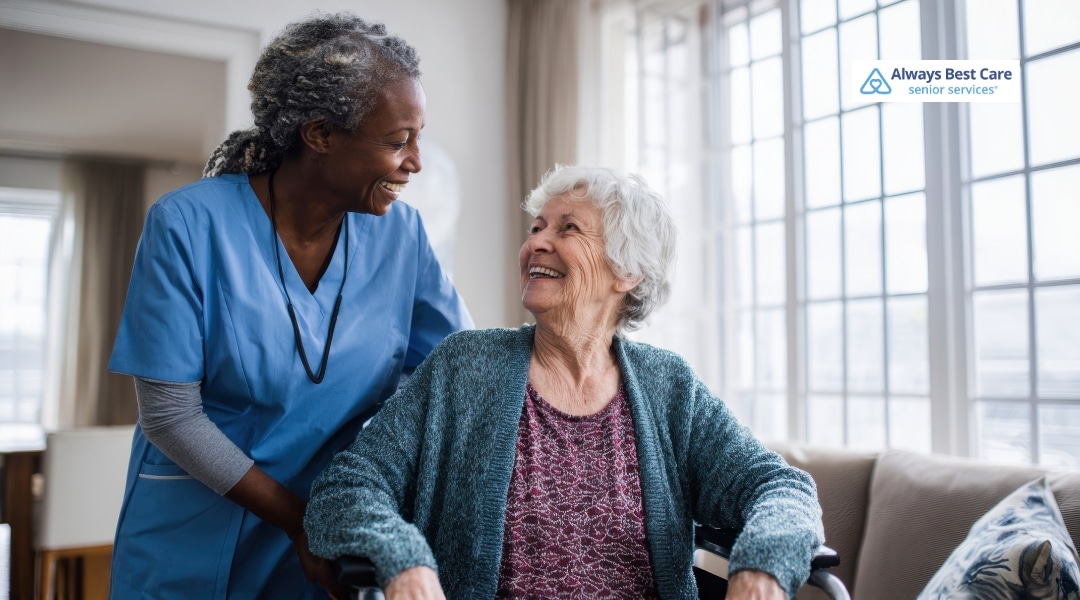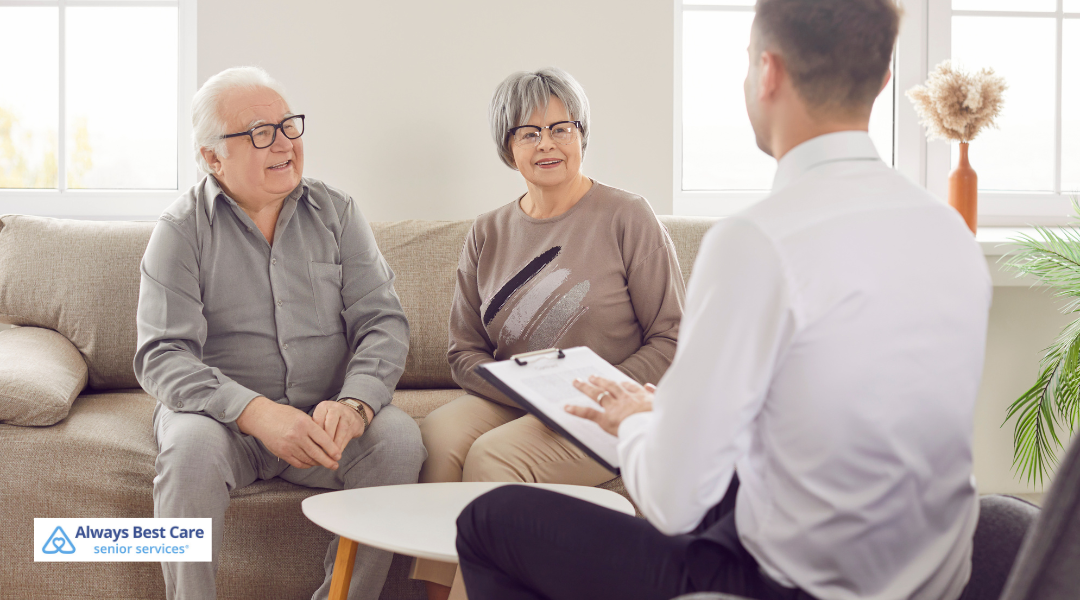How to Spot Early Signs of Fall Risks at Home: A September Safety Checklist for Seniors
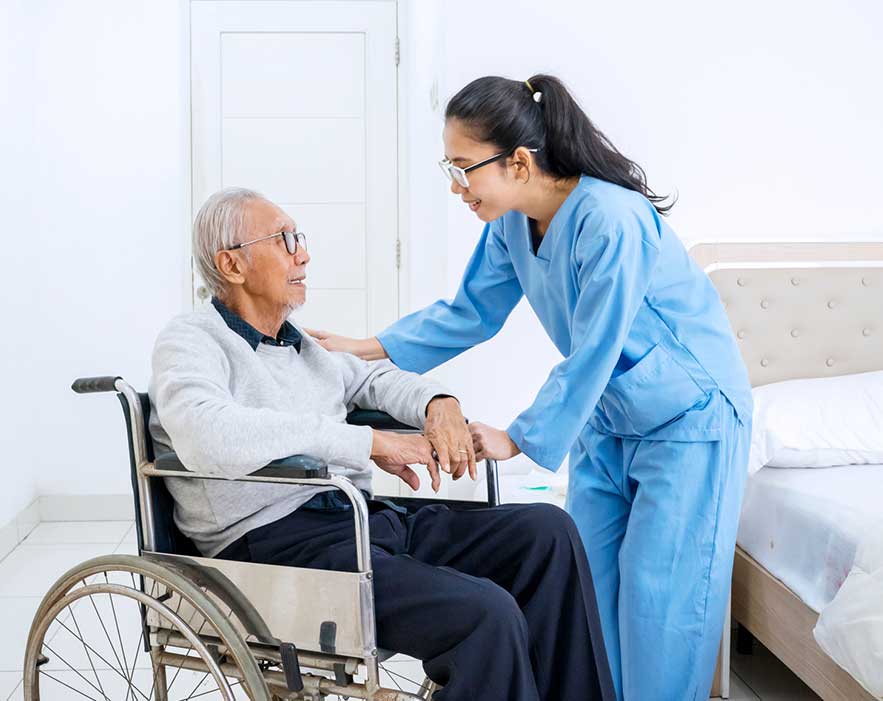
As the crisp air of September ushers in the fall season, it’s the perfect time to turn our attention to safety—especially when it comes to seniors at home. Fall risks can be sneaky, often developing gradually without us even noticing until it’s too late. With the days getting shorter and the temperatures dropping, it’s crucial to assess your home for potential hazards that could lead to slips or falls. But don’t worry; you’re not alone! With a little attention to detail, a few simple adjustments, and this checklist, you can help ensure your loved ones stay safe and comfortable this fall. Let’s dive in and take a look at how to spot those early signs of fall risks.
Table of Contents
Spotting Fall Risks Early: Why It Matters
When it comes to seniors, preventing falls is one of the most important things you can do to preserve their health and independence. The risk of falling increases with age, and even a minor fall can lead to serious injuries like broken bones or head trauma. The good news? Falls are preventable, and spotting the early signs of fall risks can be a game-changer.
Here’s why it matters:
- Prevention is key: Identifying hazards before they cause harm means fewer emergency room visits and a healthier, more active lifestyle for your loved one.
- Safety first: Small adjustments to the home environment can significantly reduce the risk of falls.
- Independence matters: When seniors feel safe in their own home, they’re more likely to maintain their independence and enjoy their daily activities without fear.
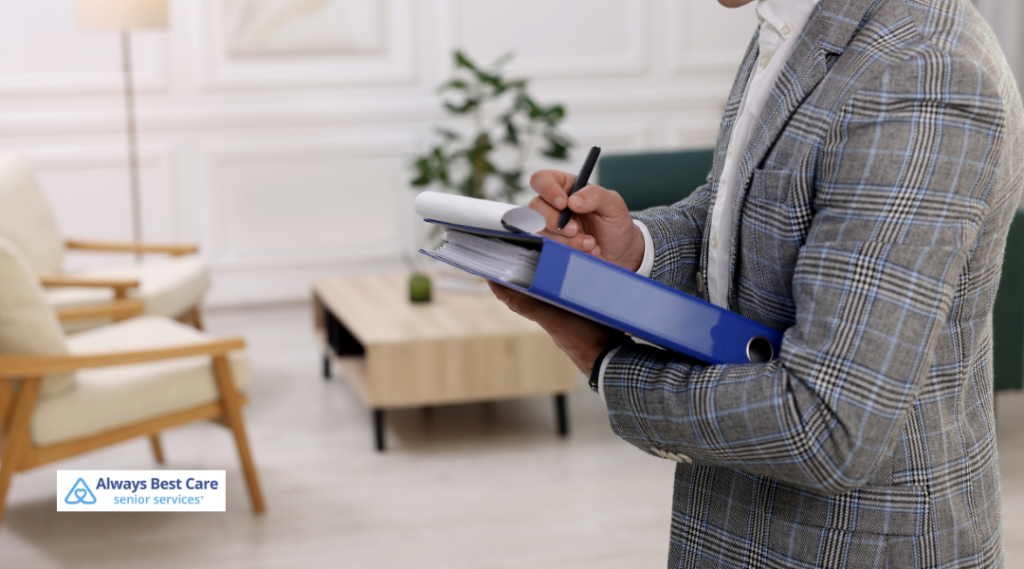
Signs of Fall Risks You Should Look For
Sometimes the signs of potential fall risks are subtle, and we don’t realize they’re an issue until something happens. Let’s take a look at some of the most common red flags to watch out for:
1. Cluttered or Obstructed Walkways
Even the most minor items like shoes, books, or wires can create tripping hazards. Check for things that could be in the way, especially in high-traffic areas like hallways, living rooms, or bathrooms. A quick tidy-up can go a long way in preventing falls.
2. Poor Lighting
Dimly lit areas increase the chance of stumbling. If you notice that certain rooms or hallways are hard to see in at night, it might be time to add some extra lighting. Consider nightlights for hallways, bedrooms, and bathrooms, especially if your loved one wakes up during the night.
3. Slippery or Uneven Floors
Check for slippery rugs, loose floorboards, or tiles that may be uneven. These issues might not seem like much, but they can cause seniors to lose their balance. Non-slip rugs, matting in bathrooms, and secure floors can make a huge difference.
4. Unstable Furniture or Handrails
Is the furniture sturdy? Are the handrails on the stairs or in the bathroom secure? Make sure that any furniture your loved one uses to support themselves is strong and doesn’t wobble. Handrails should be firmly installed to help seniors balance as they walk or get up from chairs or the toilet.
5. Mobility Issues
If your loved one struggles to walk or needs assistance getting up from chairs or beds, they may be at higher risk of falling. Consider using mobility aids like canes or walkers, or installing grab bars in key locations to provide extra support.
6. Ill-Fitting Footwear
Worn-out shoes or slippers that don’t fit properly can cause seniors to trip. Look for shoes that provide good support and a non-slip sole. Avoid loose slippers or high heels, which can make falls more likely.
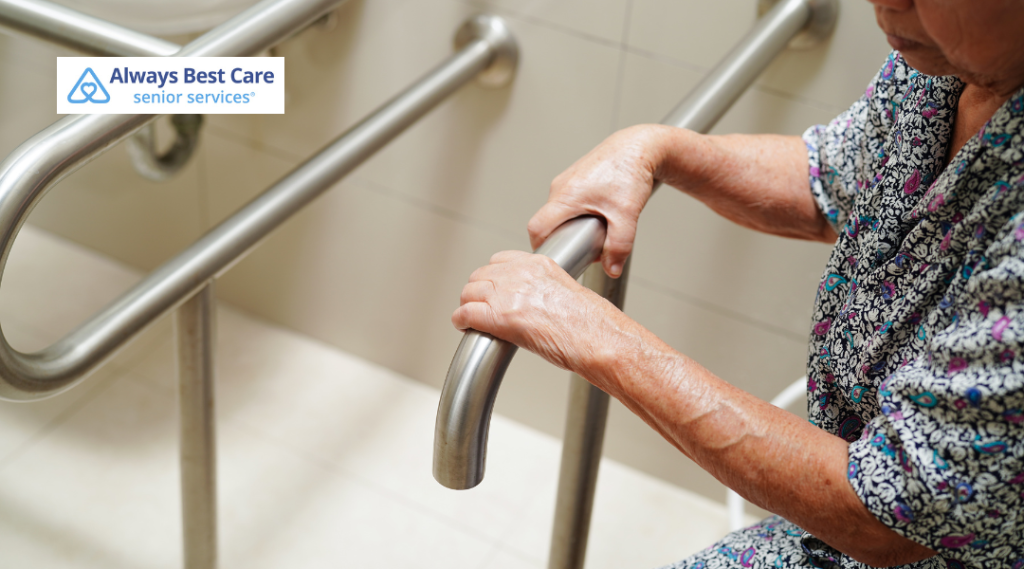
September Safety Checklist for Seniors: Preventing Fall Risks
Now that we know what signs to watch out for, here’s a checklist to help ensure the home is safe for your loved one this fall.
- Tidy up clutter: Remove any unnecessary items from walkways, and store cords out of sight.
- Add extra lighting: Place nightlights in hallways, bathrooms, and stairways to ensure clear visibility.
- Secure carpets and rugs: Use non-slip rug pads or remove rugs that could cause tripping.
- Check handrails and furniture: Ensure that all handrails are secure, and that furniture is sturdy.
- Inspect shoes and slippers: Make sure they fit well, provide support, and have non-slip soles.
- Install grab bars: In bathrooms, install grab bars near the toilet, shower, and bathtub.
- Check for mobility aids: If your loved one needs help moving, make sure they have access to a walker, a cane, or other devices that help them stay steady.
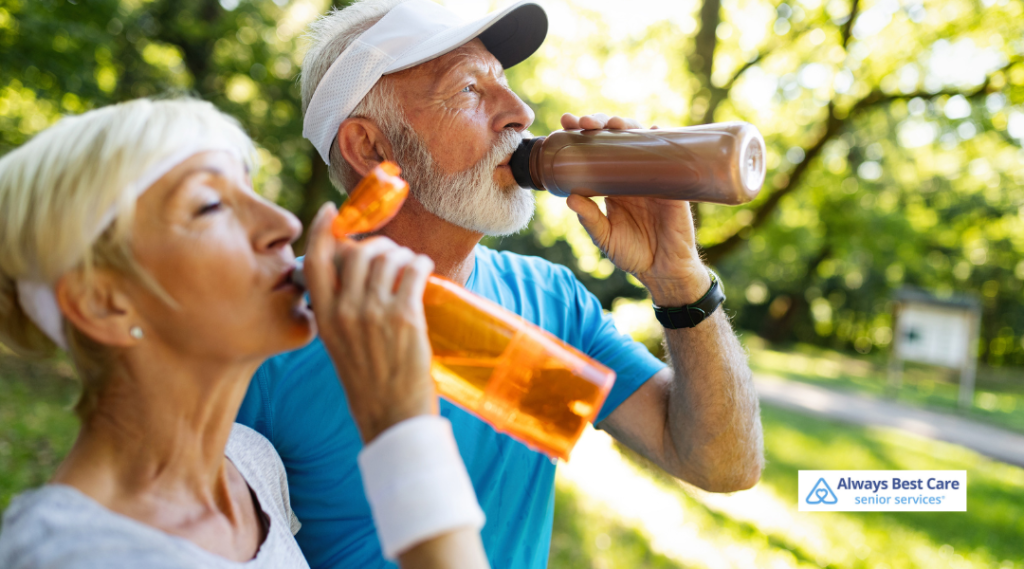
Other Tips for Fall Risk Prevention
While your checklist is a great place to start, here are a few more tips to ensure your loved one stays safe:
- Encourage exercise: Regular physical activity strengthens muscles and improves balance. Gentle exercises like yoga or Tai Chi can help seniors maintain their mobility.
- Stay hydrated: Dehydration can cause dizziness and increase the risk of falls. Encourage your loved one to drink plenty of water throughout the day.
- Review medications: Some medications can cause dizziness or drowsiness. Have a healthcare professional review your loved one’s medications regularly to ensure there are no side effects that might increase fall risk.
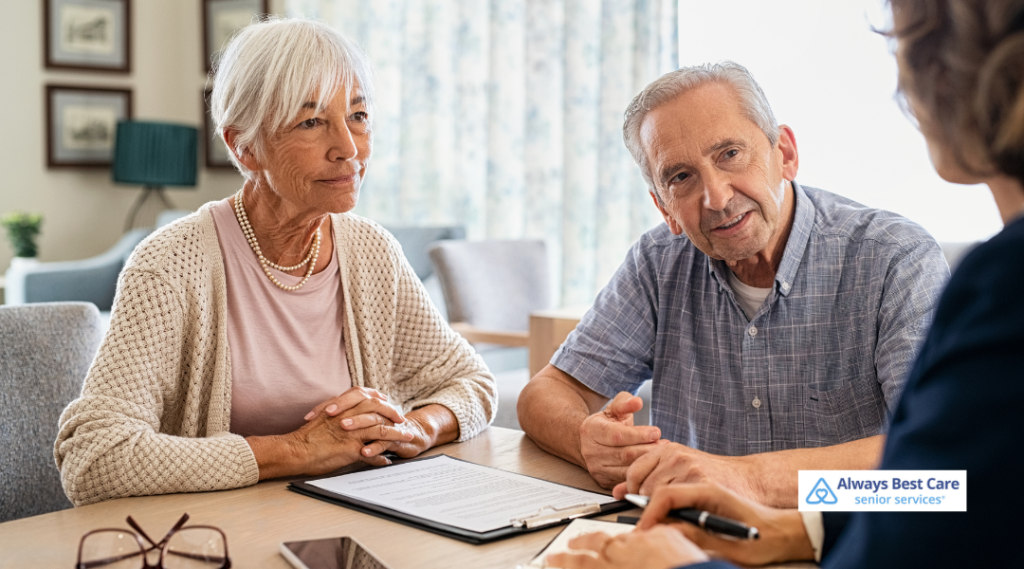
Ensure Your Loved One’s Safety This Fall: Spot Early Risks with Our September Safety Checklist!
Identifying the early signs of fall risks at home is the first step toward creating a safer living environment for seniors. With this September safety checklist, you can make sure your loved one’s home is ready for the season, reducing the risk of accidents and giving them the confidence to move around freely. By staying proactive, making simple adjustments, and offering extra support where it’s needed, you can ensure that fall remains a season of comfort, joy, and safety.
Need a professional eye to spot what you might have missed? Always Best Care of Bristol offers comprehensive home safety assessments that give families peace of mind. Call us today at 860-261-4405 to schedule your personalized fall safety consultation, or visit our Google My Business profile to see how we’ve helped other Bristol families create safer, more comfortable homes this season.
Don’t wait for a close call—let’s work together to keep your loved one safe and independent all autumn long.

